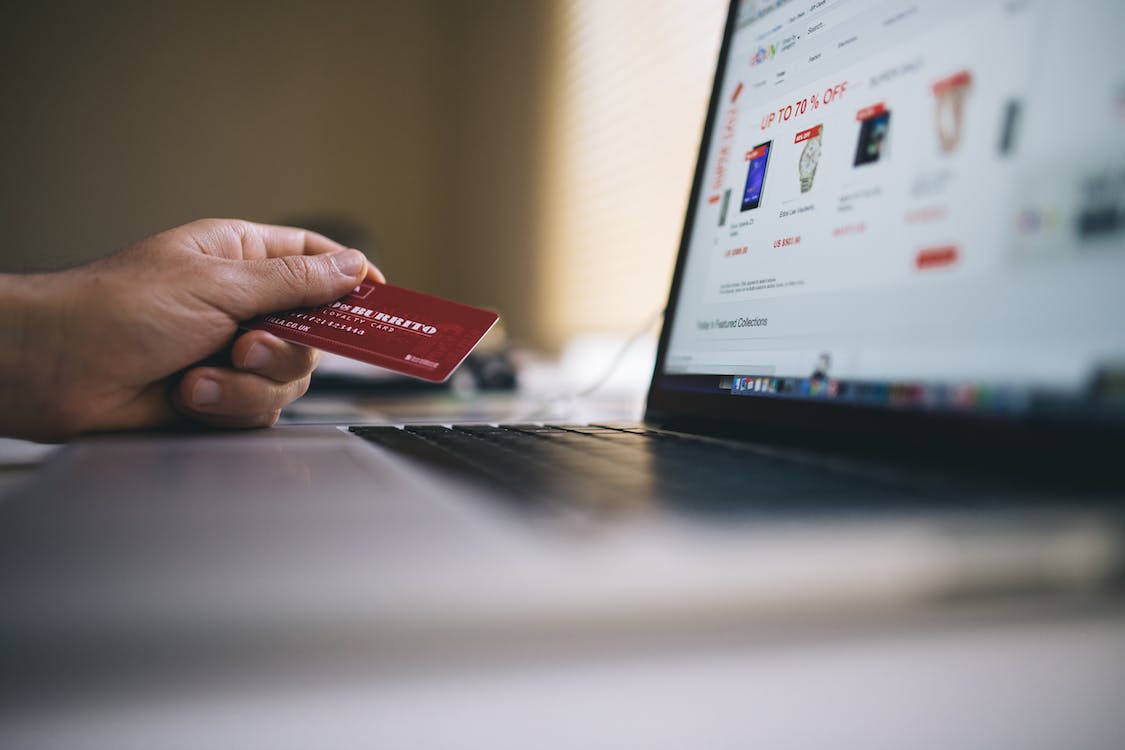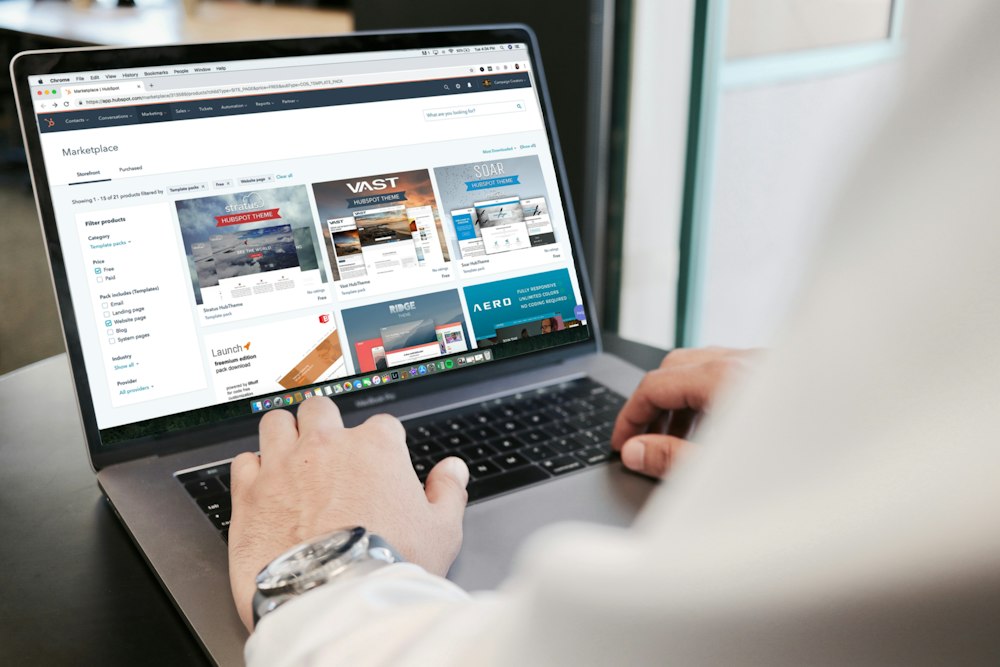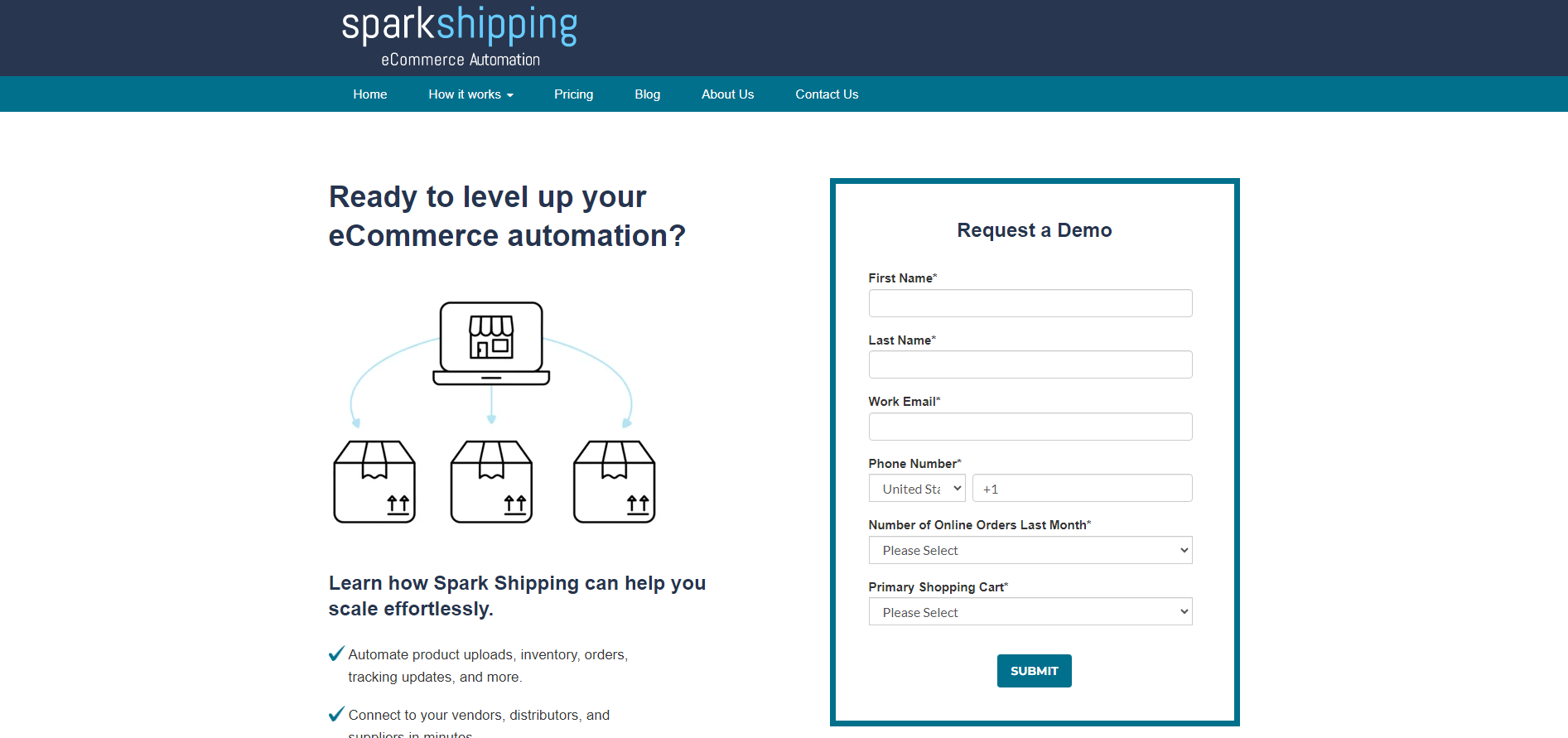The Sales-Boosting Benefits of Multichannel Retailing

As an experienced eCommerce pro or dropshipper, you already know the basics of how to sell products online.
But the retail landscape is changing—and fast. Online shoppers aren’t just buying from your website. They want to find products on social media and countless other channels.
Whether it’s comparing prices on eCommerce platforms, scrolling through social media platforms, or even visiting a physical store, the shopping journey isn’t linear, but a web of interconnected retail channels.
In fact, 73% of shoppers use multiple channels to shop online. It’s no wonder why multichannel eCommerce sales rose by over $84 billion from 2022 to 2023 in the U.S. alone.
It’s never been more important for eCommerce store owners to diversify their sales channels.
However, jumping from a single-channel approach to a multichannel strategy isn’t a walk in the park, even if you already have a profitable store and loyal customer base.
Multichannel retailing has unique considerations that require a different kind of business strategy.
In this guide, we’ll explain how multichannel retailing works, why it’s so beneficial, and how to increase sales on all your online channels.
What Is Multichannel Retailing?

Multichannel retailing is an eCommerce strategy where you sell products via multiple sales channels.
That could mean selling through a combination of online stores, ecommerce websites, physical stores, social media channels, and online marketplaces.
While multichannel retailing is great for increasing sales, it’s ultimately about improving the customer experience.
The goal is to make your products accessible on multiple sales channels and provide a seamless shopping experience for the customer, regardless of the platform they choose.
Allow customers to shop from mobile devices, computers, and physical retail stores—the world is their oyster.
Instead of putting your eggs in one basket, you can spread sales across more than one channel.
Multichannel Versus Omnichannel Retailing
People often mix up omnichannel and multichannel, but they aren’t quite the same thing.
An omnichannel strategy isn’t just about being present on multiple platforms. Omnichannel experiences are completely integrated, offering a cohesive experience across all channels.
In other words, omnichannel connects all channels so customers have a seamless experience.
For example, a shopper might start their shopping journey on a mobile device, continue on a desktop, and complete the purchase in a brick-and-mortar store.
In an omnichannel setup, this journey would be fluid and interconnected, with each channel aware of the customer's interactions with the others.
Multichannel, on the other hand, is a bit easier to pull off because multiple channels operate independently.
Each channel functions separately, and there’s less integration, although they generally follow a similar marketing strategy.
For example, customers might shop in the online store and receive a completely different experience when they visit the physical store.
That’s not necessarily a bad thing, though. Sometimes, customers want a different experience on another channel. Plus, pulling off omnichannel is difficult, especially as a smaller retail brand.
Both omnichannel and multichannel strategies benefit eCommerce sites.
While multichannel expands your reach, omnichannel focuses on depth and integration of the shopping experience. Both multichannel selling approaches are helpful and have their time and place.
In this guide, however, we’re focusing on the key benefits of selling across multiple channels, not integrating them in a more complex omnichannel setup.
Types of Sales Channels for Multichannel Retailing
You’re free to pick the mix of channels that works best for your brand or customers, but these are the most popular sales channels for boosting online sales.
eCommerce Website
If you don’t already have your own eCommerce website, now’s the time to build one!
Tools like Shopify, WooCommerce, and Magento make it easy to build an online store in no time at all.
These platforms also offer tools and integrations that simplify managing your online retail presence, which is an integral part of any multichannel selling strategy.
Having your own eCommerce store matters because it’s a direct sales channel that you control.
You aren’t beholden to Amazon’s rules, allowing you to:
- Do more brand-specific personalization
- Collect valuable customer data
- Engage with customers directly
Think of this as the central hub for the shoppers’ online experience, providing detailed product information and a branded shopping experience.
You still have to follow the rules of your payment processors or eCommerce platform, like Shopify, but running a website is much more freeing than relying solely on marketplaces.
Online Marketplaces

Many dropshippers and eCommerce brands get started on platforms like Amazon, eBay, Etsy, and Walmart.
These online marketplaces give you a readymade audience and an established infrastructure for earning money, which is ideal for multichannel retailers.
The downside is that you have to follow each marketplace’s rules, which can be restrictive.
Even so, you tap into a huge base of potential customers who are ready to buy right now, so as long as you follow the rules, selling on a marketplace is worthwhile.
Social Media
Platforms like TikTok, Instagram, Pinterest, and Facebook allow users to shop for products from the platform.
No more linking out to an eCommerce listing—users load their card information and complete purchases without leaving their favorite social media apps.
Social media sales are a great way to increase visibility, but don’t overextend yourself. Only sell on platforms that your customers use.
Otherwise, you’ll spend too much time posting content on platforms that don’t generate sales, which will hurt your return on investment (ROI).
Mobile App
Designing an app takes a lot of resources, but it’s a great next step if you want to expand your eCommerce website.
The benefit of owning a mobile app is that you have more control over it than a marketplace like eBay. Incentivize downloads by offering exclusive discounts, early access to sales, or loyalty programs.
Physical Stores
It seems like eCommerce has come full circle. More and more eCommerce brands are bringing their products into physical stores to avoid the competition of selling products online.
This isn’t an option for all brands, but it’s worth mentioning, especially if you want to scale your business with less online competition.
You don’t have to open traditional brick-and-mortar locations, either. Consider selling through a merchandising partner who will handle all physical sales for you.
Benefits of Selling on More Than One Sales Channel

Since consumer preferences change on a dime, investing in multiple channels has never been more important.
If you’re still on the fence, consider the tremendous benefits of multichannel retailing.
Better Reach and Improved Brand Recognition
Leveraging multiple sales channels significantly expands your reach.
You’ll tap into new customers who prefer shopping on different platforms, who you might have missed out on otherwise.
Every channel gives access to a unique customer segment, multiplying your customer base in no time.
Being present on so many platforms also increases brand exposure. The more customers see and interact with your brand across different channels, the more recognizable and trusted it becomes.
This repeated exposure is key to building a strong brand identity and earning more sales.
Enhanced Customer Experience
Shoppers expect convenience and flexibility.
By being present on various channels, you offer them the freedom to shop where they feel most comfortable, be it online shopping from the comfort of their home or experiencing your products in brick-and-mortar pop-up stores.
Setting up a physical location isn't easy, but targeting in-store shoppers helps you build a more reputable business.
Catering to these expectations enhances the overall customer experience, building loyalty and trust over time.
Clearer Customer Insights
Every sales channel provides unique insights about your target customers. Selling on multiple platforms gives you a diverse pool of data, which is great for understanding customer preferences, behaviors, and market trends.
Carefully assess your data and use what you learn to fine-tune your marketing strategies going forward.
Challenges of Multichannel Retailing

Multichannel retailing can do so much for your business, but there’s a reason why some eCommerce retailers stick with selling on a single channel.
If you plan to sell on multiple channels, you’ll need to overcome these common challenges of multichannel retailing.
Inventory Management
Selling on multiple channels is a great way to make sales, but managing inventory across multiple sales channels is pretty daunting.
Every channel has different demand patterns, which makes it tricky to synchronize stock levels to avoid overstocking or stockouts.
Without an integrated inventory management system, you risk inconsistent stock levels, which can lead to lost sales or dissatisfied customers.
To fix this problem, install a centralized inventory management tool like Spark Shipping. It updates in real-time across all channels and vendors.
Completely automate inventory updates or run them on-demand as needed.
Best of all, Spark Shipping always routes real-time product updates to the lowest-cost, in-stock vendors to maximize profits and inventory accuracy.
Fulfillment
Inventory is just one part of the multichannel retailing puzzle. Once the orders go through, you’re in charge of fulfilling them—and logistics is no small task.
Different channels have varying shipping and handling requirements, and managing everything without compromising on delivery timelines takes time and focus.
To combat this issue, follow an integrated fulfillment strategy that encompasses all of your sales channels. Consider outsourcing logistics to a third-party provider that specializes in multichannel fulfillment.
Solutions like Spark Shipping also streamline order fulfillment through intelligent order routing, reducing costs and boosting profits.
Customer Experience
Multichannel retailing is all about improving the customer experience.
However, ensuring a consistent, high-quality experience across all channels requires time and resources. Different channels might inadvertently provide different levels of service, pricing, and customer support, which can confuse and frustrate customers.
You can’t do much about third-party marketplace rules, but you still have some control. Train your customer service team to put the customer first.
It doesn’t hurt to offer more generous return policies than third-party platforms—just remember to tell customers to process returns via your website (as long as it doesn’t violate the marketplace’s terms of service, of course).
Using a customer relationship management (CRM) platform is also a great way to personalize multichannel marketing, sales, and customer support.
The more touchpoints you have with a customer, the more data the system will collect about their behavior, purchases, and preferences.
At scale, that gives you real-world customer insights that you can use to improve product listing pages, email marketing campaigns, and much more.
Cannibalization
Selling products across different channels will increase your reach, but it’s easy to step on your own toes.
In fact, there’s a risk that your sales channels might compete against each other, leading to channel conflict, or sales cannibalization.
For example, a promotion in your online store might hurt sales on other channels, like your TikTok shop.
Multichannel retailing allows you to try different strategies for each sales channel, but be careful! Cannibalization happens when you run conflicting promotions at once, so while you’re free to run multiple campaigns and promotions, make sure they don’t conflict with each other.
Data Complexities
The upside to multichannel retailing is the insights it collects about your target customers.
The downside is that you have to wade through a tsunami of data to draw helpful conclusions from this data.
Every channel generates a lot of data, and synthesizing that data into actionable strategies is no easy feat.
Fortunately, you don’t have to sift through the data by yourself. Use advanced analytics platforms powered by AI.
These solutions can aggregate, analyze, and quickly sift through mounds of data to draw actionable conclusions.
Managing Multiple Channels With Multichannel Retail Software

Managing multiple channels comes with challenges, but the right software will help you overcome most issues without any hands-on effort.
Multichannel retail software integrates every aspect of running a multichannel eCommerce operation, helping you maintain consistency and real-time synchronization across your business.
Multichannel retail software like Spark Shipping can handle multichannel retailing tasks like:
- Vendor product data integrations
- Inventory management
- Product management
- Price automation
- Fitment data
- Order fulfillment
- Tracking updates
From inventory disparities to fragmented customer experiences, the right software addresses all the challenges of multichannel retailing.
Think of multichannel retail software as the command center of your multichannel strategy.
Executed effectively, it harmonizes all the components of your business into a cohesive whole.
Mobilize Your Multichannel Retail Strategy With Spark Shipping

Multichannel retail is the future of eCommerce. Whether you have a small dropshipping operation or dream of running a large, multinational brand one day, overcoming the challenges of multichannel retailing is critical.
While the right strategy works wonders, it’s almost impossible to do multichannel retailing without the right tool.
That’s where spark Shipping comes in. Our cutting-edge eCommerce automation platform empowers multichannel retailers, turning challenges into sales opportunities.
A strong tool makes all the difference: Get a Spark Shipping demo now to see its magic automation in action.
Popular Posts
Posts by Topic
- Dropshipping (10)
- Dropshipping Automation (6)
- Dropship Suppliers (4)
- EDI (3)
- Pricing Strategy (3)
- Amazon Seller Central (2)
- Automotive Dropshipping (2)
- Conversion Rate Optimization (2)
- Dropshipping Products (2)
- Order Management (2)
- Shipping (2)
- Vendor Product Catalog (2)
- AI Dropshipping (1)
- Dean Soto (1)
- Feature Announcement (1)
- Online Empire Academy (1)
- Product Optimization (1)
- Walmart Marketplace (1)
- referral marketing (1)